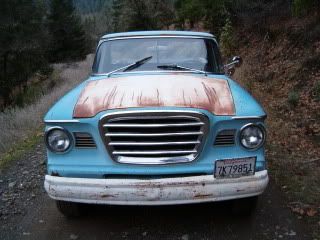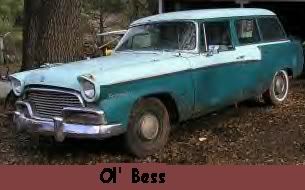[u]Standard Catalog of Independents, The Struggle to Survive Among Giants,</u> Edited by Ron Kowalke, copywrite 1999, Krause Publications, inc.
Steve
Steve
Thank you for visiting the SDC Forum, a service of the Studebaker Drivers Club, Inc., an International non-profit organization dedicated to the promotion and preservation of Studebaker automobiles.
Our Forum is free to use, but in order to join the discussion boards you will first need to register.
Read our Policies and Terms Of Service here.
 ] Speaking of mileage, overdrive, and sixes.
] Speaking of mileage, overdrive, and sixes. 

Comment